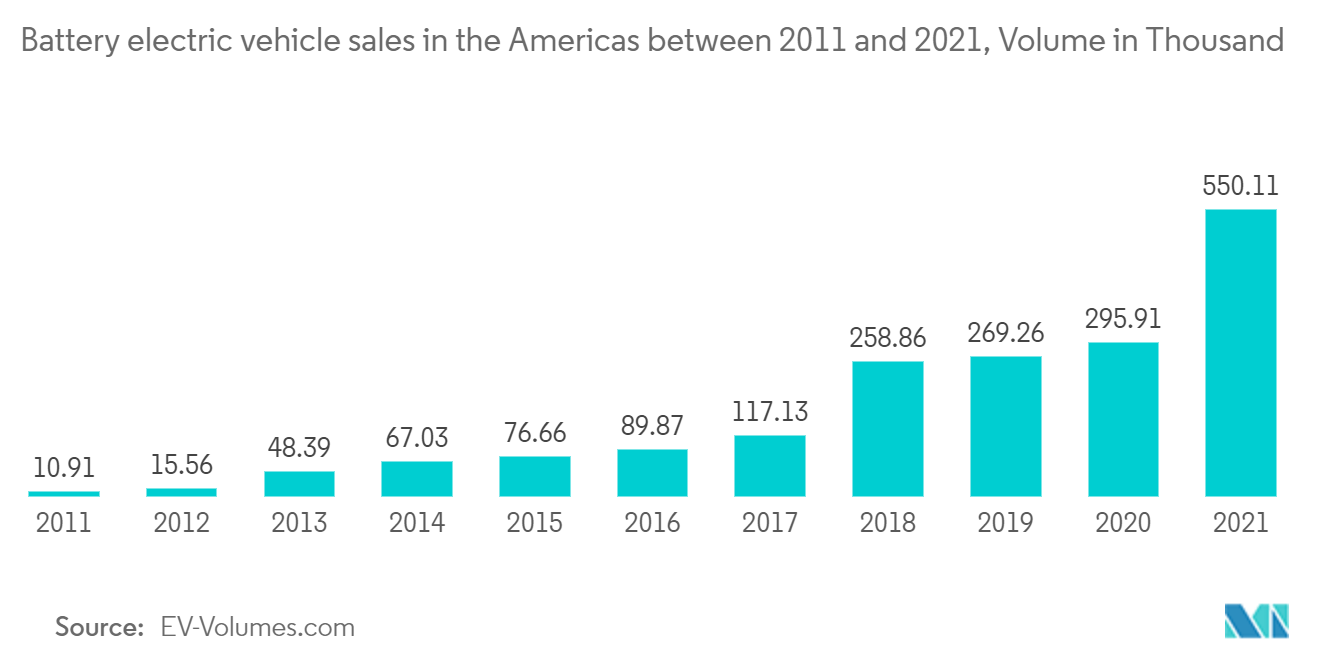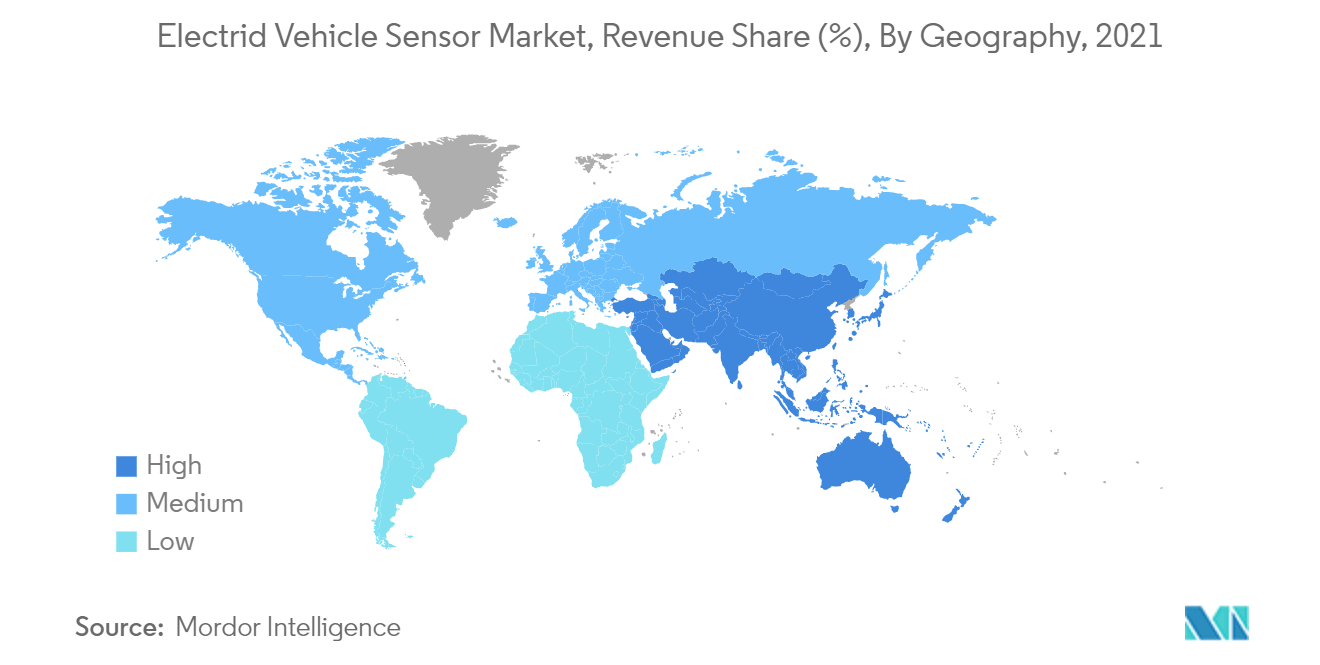Market Trends of Electric Vehicle Sensor Industry
This section covers the major market trends shaping the Electric Vehicle Sensor Market according to our research experts:
INCREASE IN PRODUCTION OF SEMI AUTONOMOUS PASSENGER VEHICLES FOSTER THE DEMAND OF ELECTRIC VEHICLE SENSOR MARKET
The demand for autonomous and semi-autonomous vehicle technologies has increased as a result of growing safety and security concerns among consumers. Some potential advantages of autonomous and semi-autonomous vehicles include reduced vehicle accidents, improved fuel efficiency, and increased engine productivity. Price reductions of this magnitude, such as those experienced by LIDAR (whose price dropped from USD 75,000 to USD 7,500), are expected to accelerate market expansion.
Segmental growth will be fueled by rising demand for automotive electrification and the incorporation of cutting-edge safety and infotainment systems into vehicles. To ensure that EV batteries are used to their full potential, these systems employ a variety of powertrain sensors, including those that measure temperature, speed, position, current, and ultrasonics.
Additionally, sensors are increasingly used in ADAS and automated driving to provide more critical information about a vehicle's surroundings as improved sensors for connected and autonomous infrastructure becomes available. Smart automobiles and luxury vehicles will also drive demand for automotive sensors. The increasing popularity of electric vehicles is also increasing the demand for sensors. Non-contact 3D magnetic sensors are being encouraged by vehicle manufacturers to replace potentiometers or optical systems that leverage traditional position-sensing techniques. These sensors minimize wear and contamination, reduce space, and provide accurate readings in high-temperature environments. Moreover, pressure sensors are becoming an essential component of engine and safety systems. When the accelerator or brake pedals are depressed, the sensors within the engine monitor the oil and coolant pressures and control the power that the engine produces. This allows the engine to maintain the desired speed.
Furthermore, in terms of safety features, pressure sensors are a crucial component of the anti-lock braking system (ABS). This technology adjusts to the road surface and guarantees that while stopping at high speeds, the tires do not lock, and the car does not slide. The pressure sensors in ABS inform the processor of road conditions and the vehicle's speed. Dubai has stated that by 2030, 10% of all vehicles will be electric or hybrid, and by 2050, the city-state will be the first in the region to be emission-free. In line with this, the government is attempting to electrify its public fleet, with the Dubai RTA focusing on expanding its fleet of electric vehicles.
In February 2021, MG Motors launched the latest model of MG ZS EV in India. The ZS EV was launched in India as the brand's second model in the market. It was also introduced as the brand's first all-electric vehicle. The ZS EV is equipped with a 44.5 kWh battery pack, which MG claims is good enough for 350 km of driving range on a single charge.
Such growth in government support, announcements by governing bodies and OEMs to halt manufacturing and sales of fossil fuel-powered vehicles, and availability of cost-friendly electric vehicle models are anticipated to drive the market in focus during the forecast period.

ASIA-PACIFIC REGION IS EXPECTED TO HOLD THE HIGH MARKET SHARE IN THE ELECTRIC VEHICLE SENSOR MARKET
In Asia-Pacific, the growing adoption of HEVs and rising air pollution levels caused by vehicle exhaust emissions are important factors positively affecting the target market. This can also be attributed to rising urbanization, increased individual purchasing power, and improved road networks. In developing countries such as India, the market for HEVs is expanding because of large sales volumes in the Indian market. Hybrid vehicles are also deployed to meet increasingly strict emission rules since they are less expensive than PHEVs and EVs. Furthermore, several top automakers are boosting their investments in research and development (R&D) activities to create novel automobiles with noiseless operations, high-performance engines, and enhanced fuel efficiency. This, together with the rising trend of fuel-efficient and cost-effective travel options, is producing a positive market picture. Moreover, factors such as stringent government laws on vehicle emissions have increased the demand for high-performance, fuel-efficient, and low-emission vehicles, and lower battery costs contribute to the growth of the electric vehicle industry. Technical developments, aggressive government efforts, and the development of self-driving electric vehicle technology are likely to generate several possibilities for major players in the electric vehicle market.
In May 2022, with the new City e: HEV, Honda launched its advanced intelligent safety technology, "Honda SENSING", for the first time in India. By 2050, the company aims to achieve carbon neutrality and zero traffic fatalities globally. The Honda CITY e: HEV uses an AC synchronous (permanent magnet) electric drive motor.

